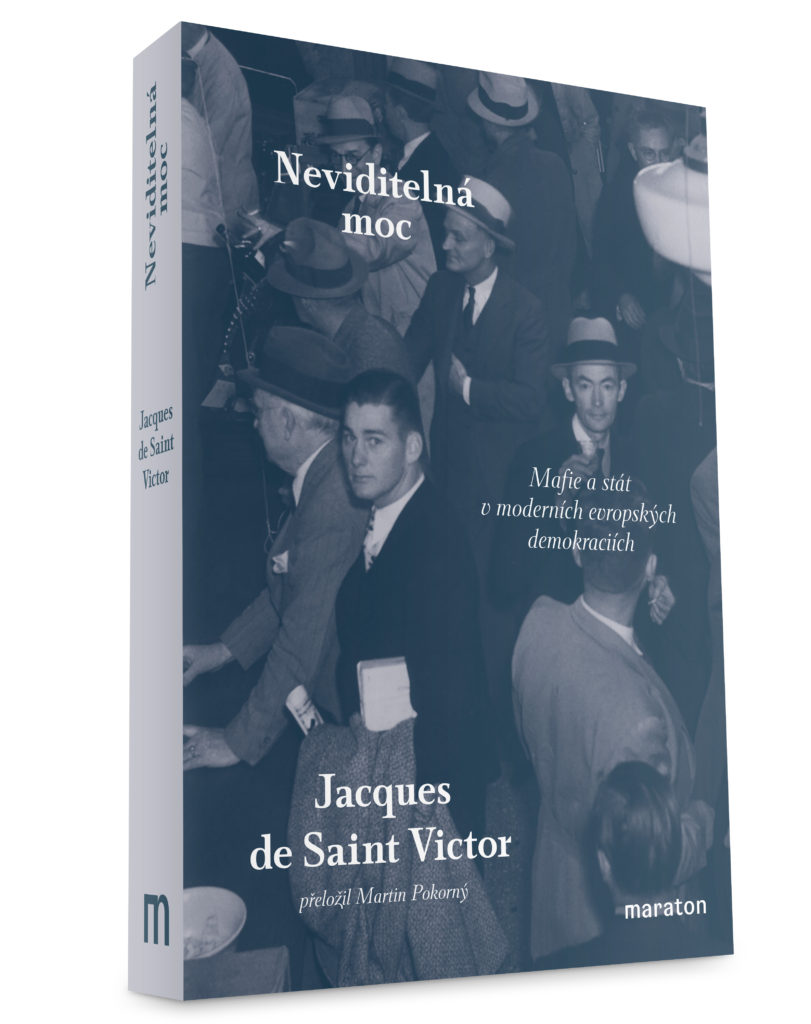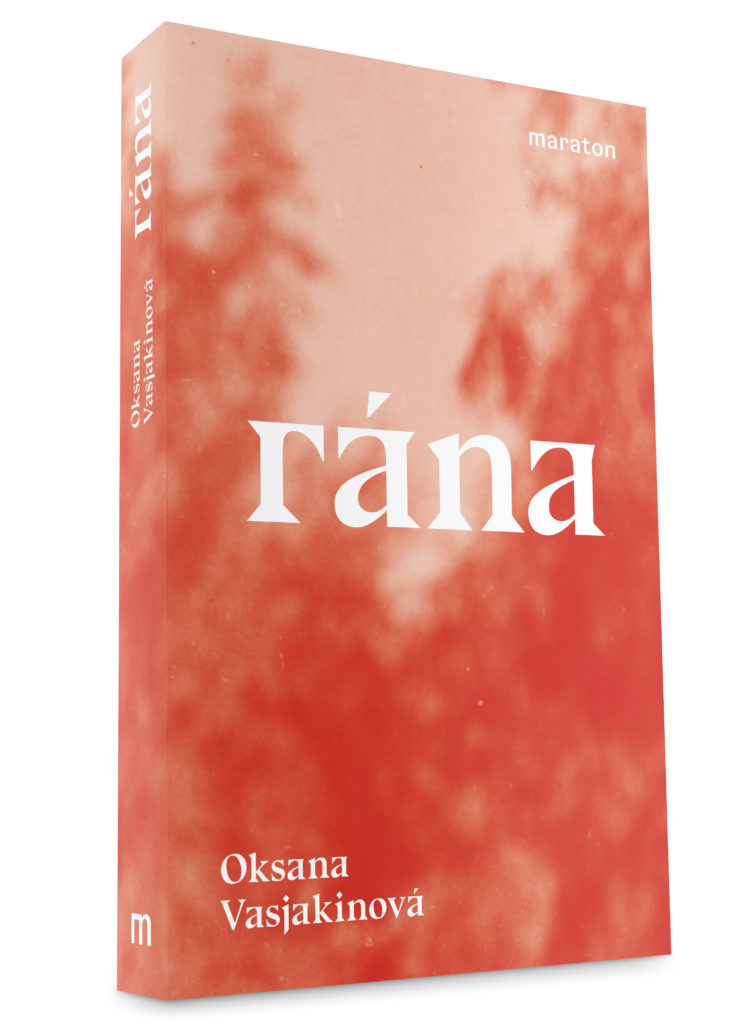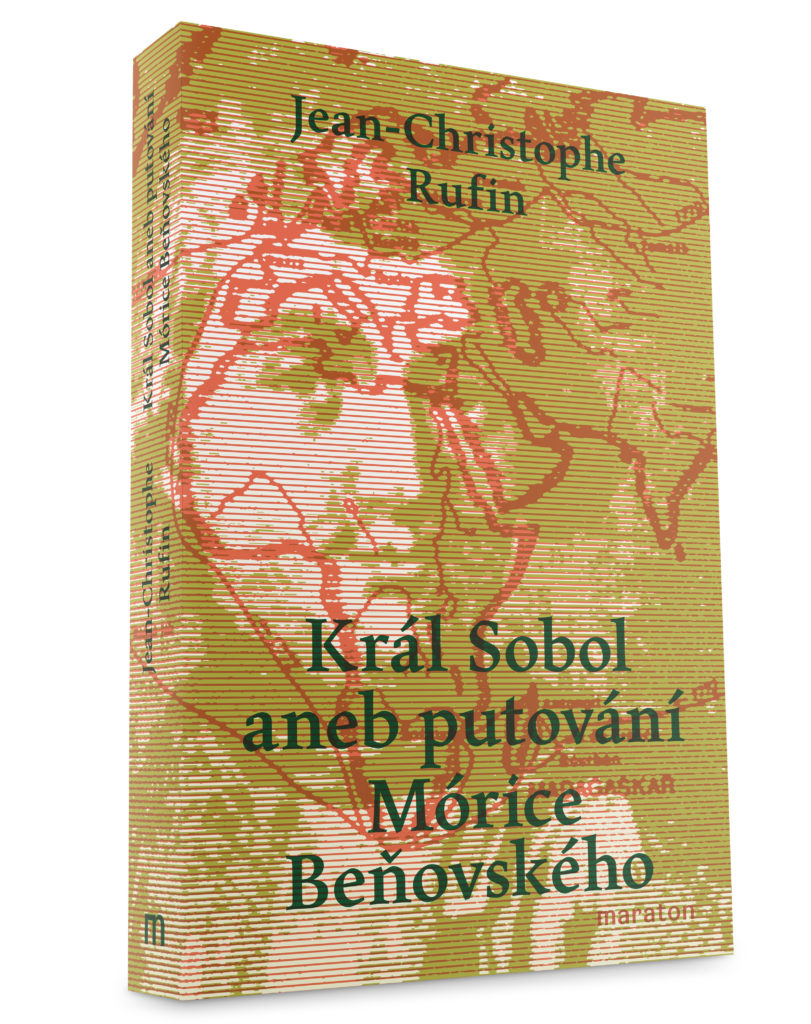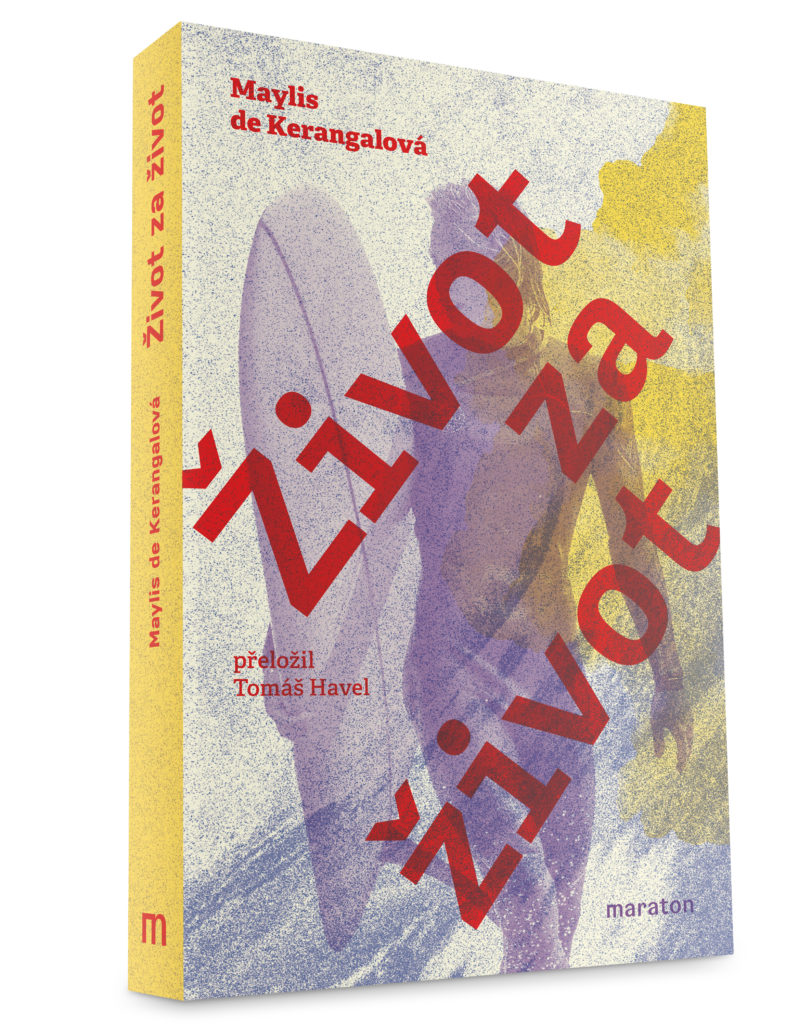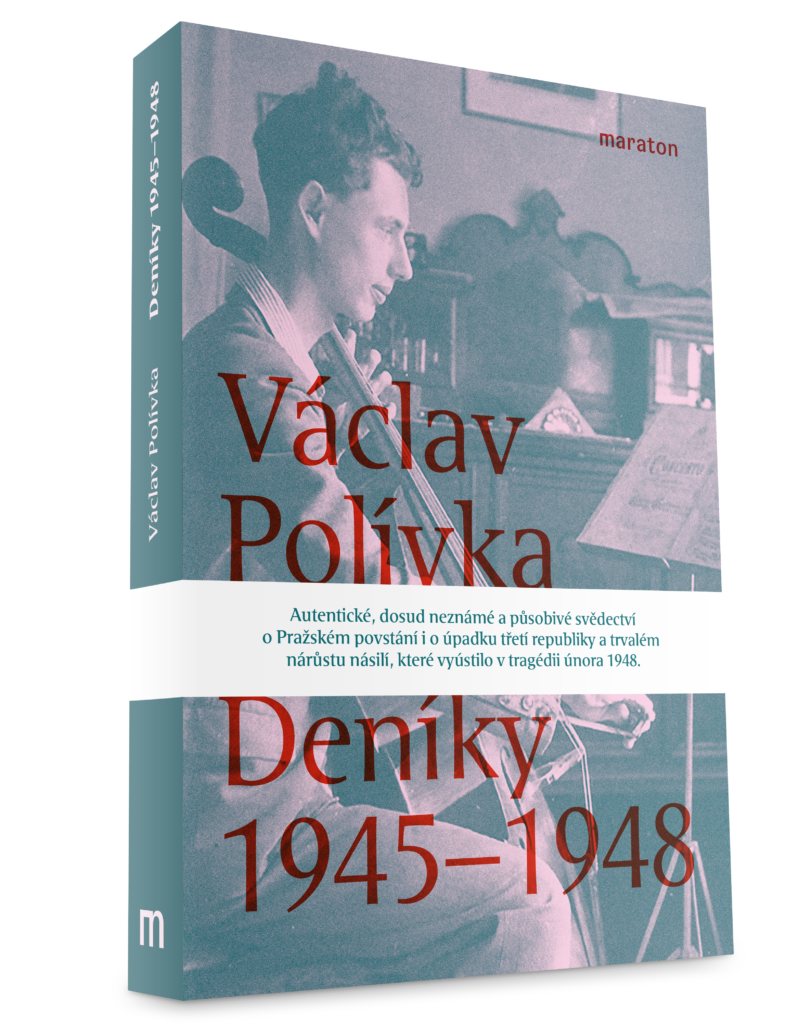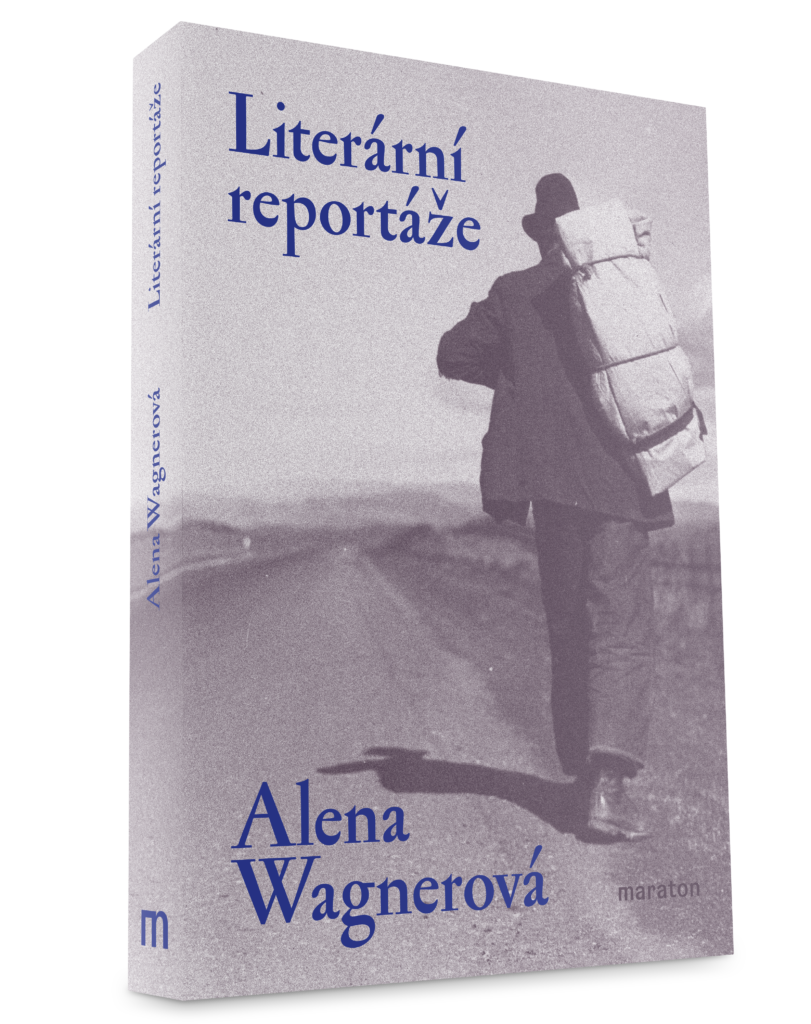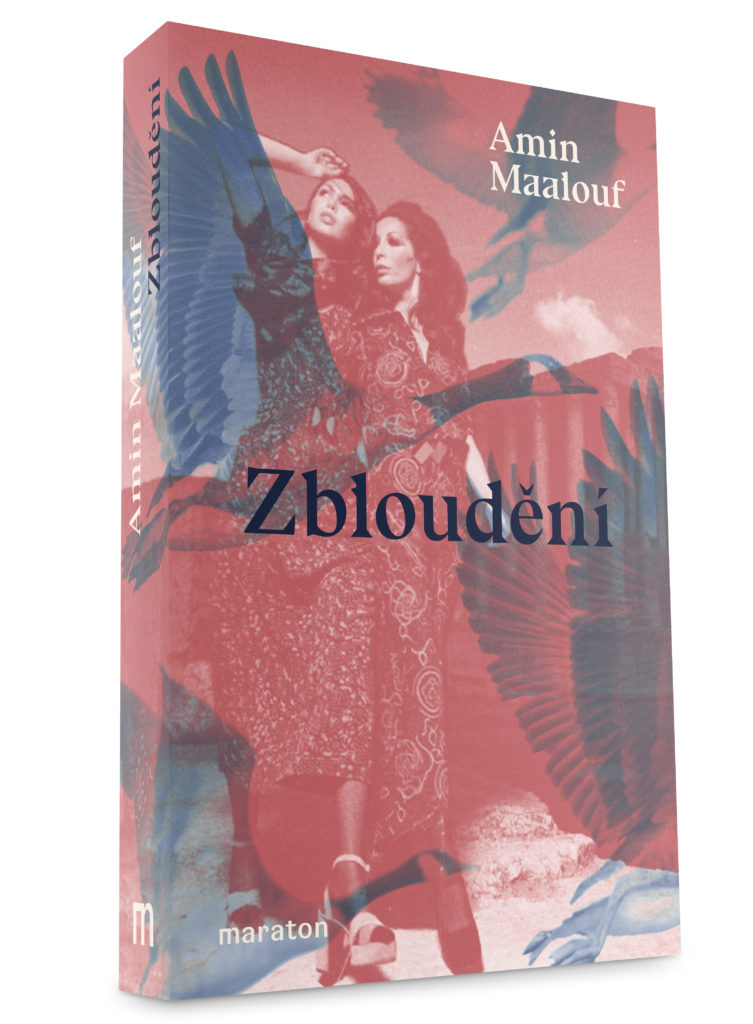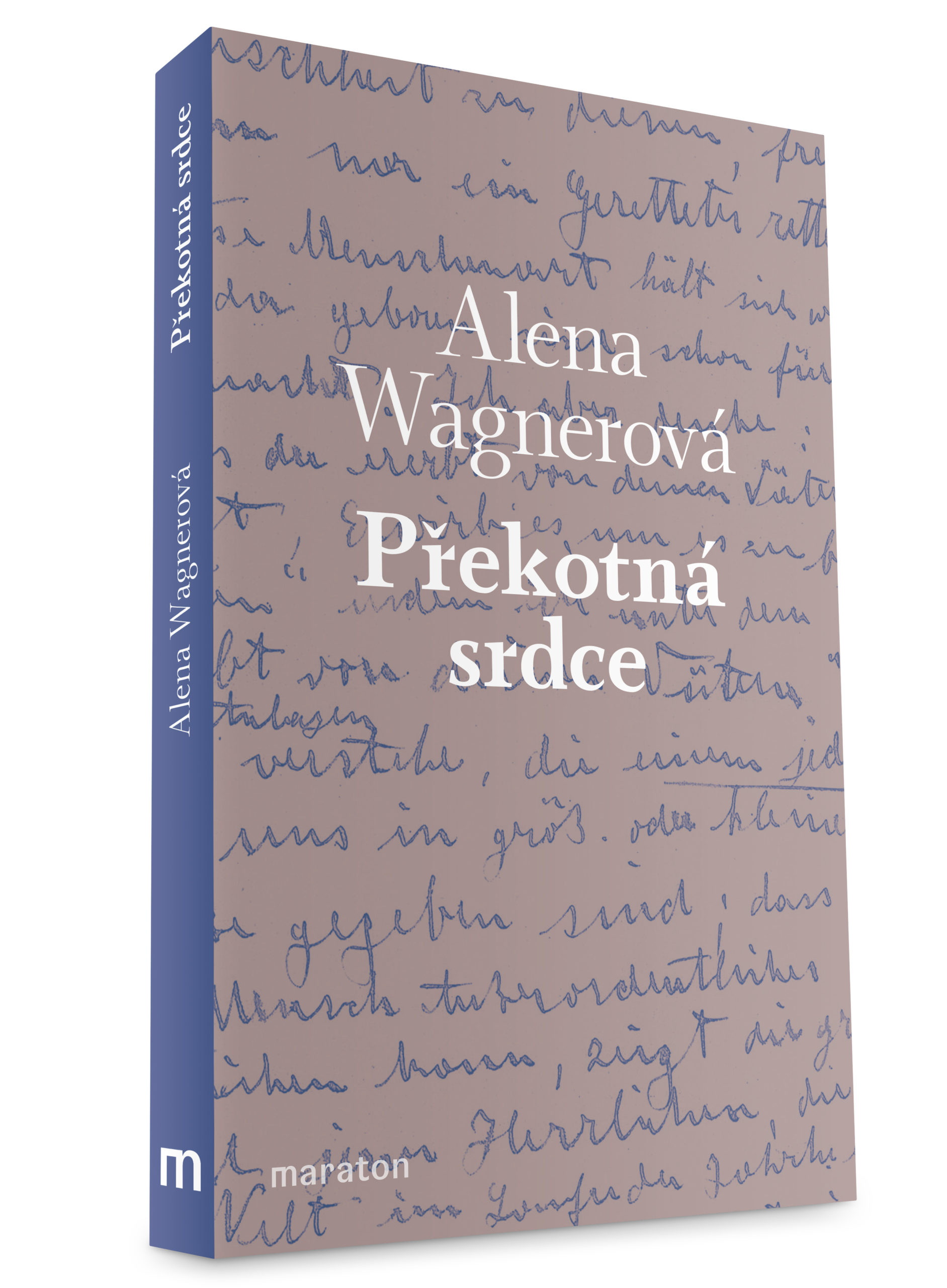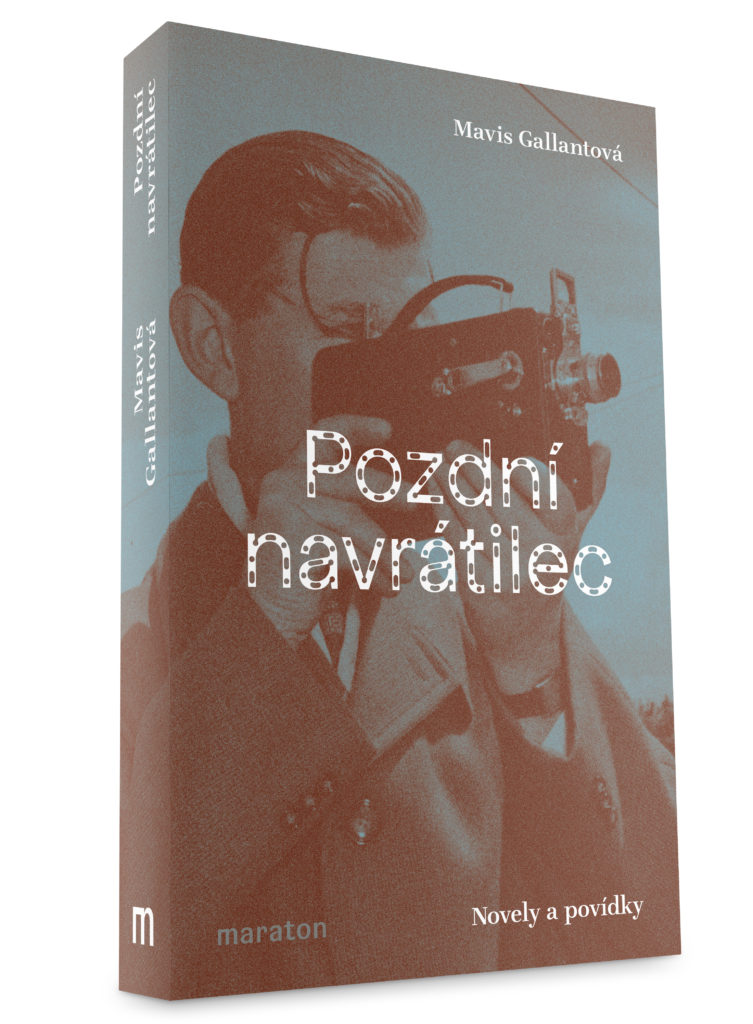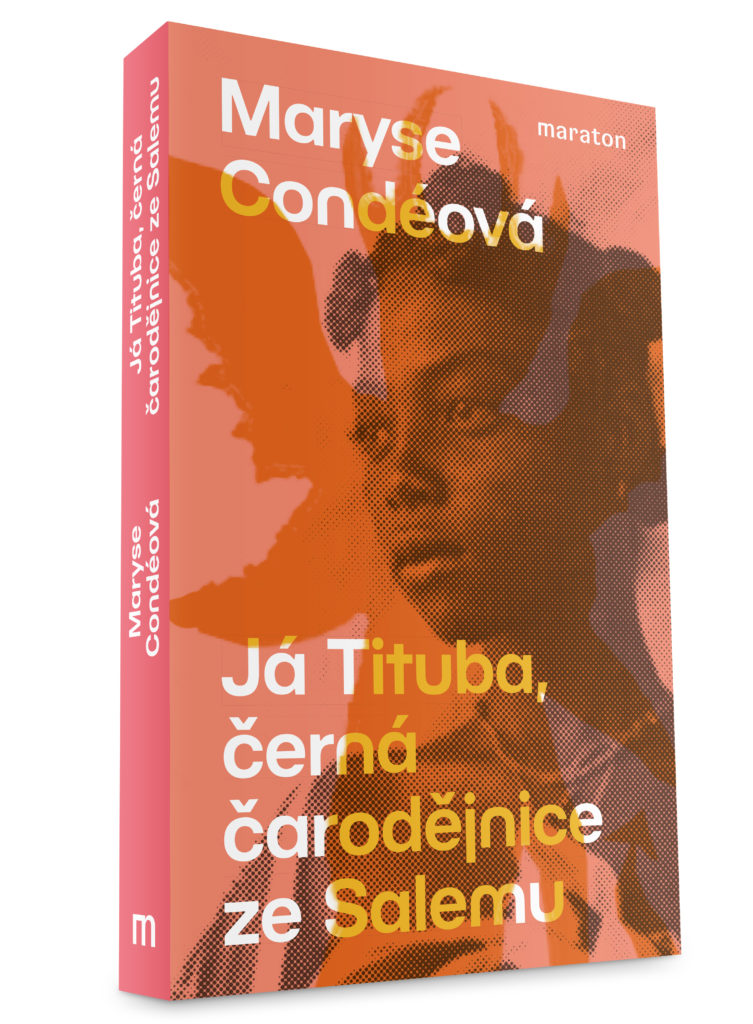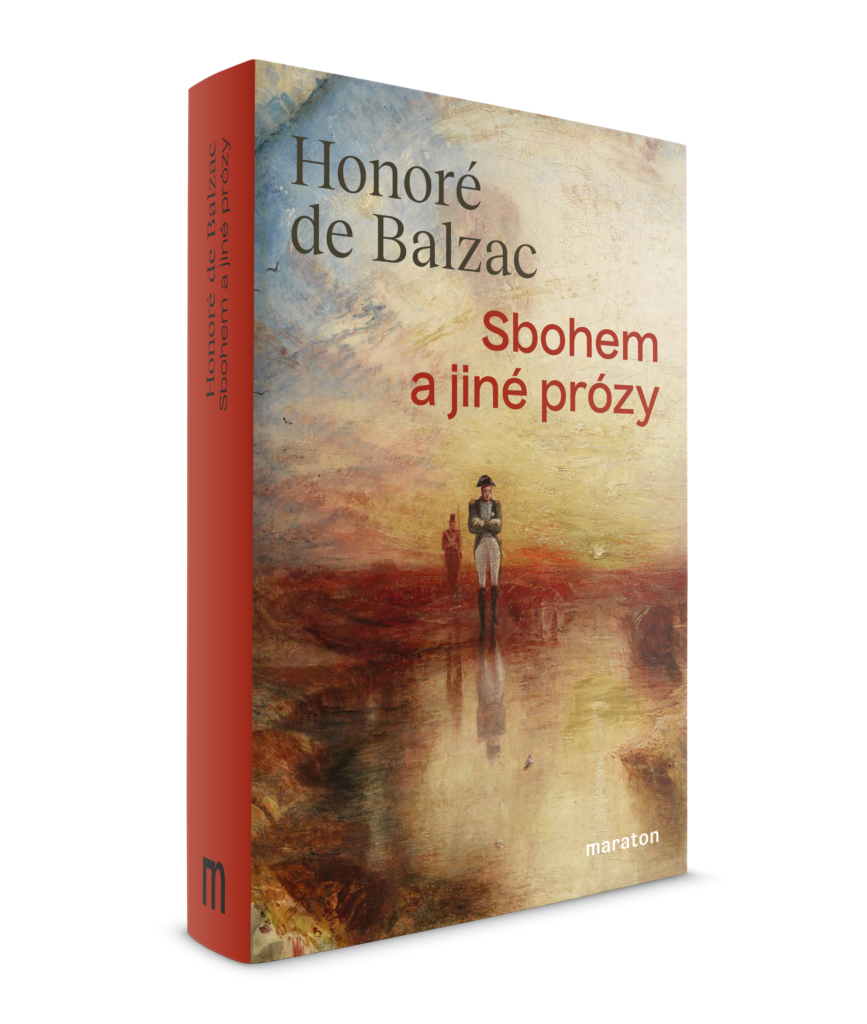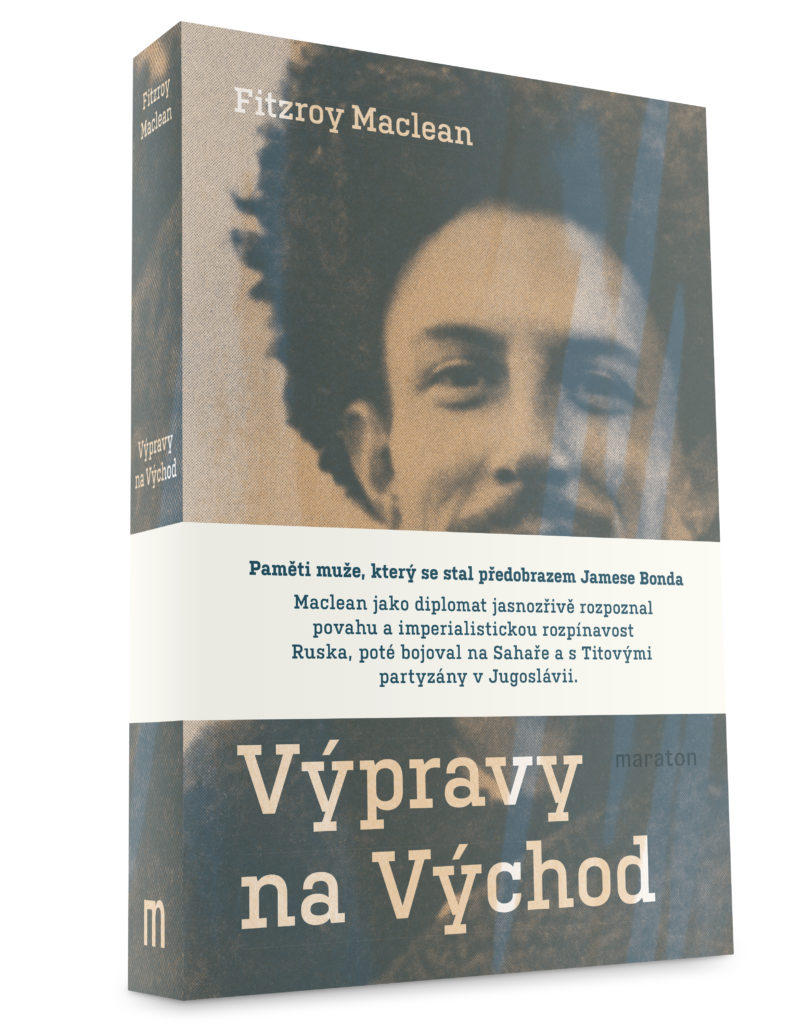Mafie a stát v moderních evropských demokraciích
The Invisible Power. The Mafia and Democratic Society from the 19th to the 20th Century. The Mafia may have been born out of the ruins of the feudal system, but it only flourished with the rise of democracy and capitalism. It soon took root in Naples, Sicily and Calabria and owes its rise to the criminal pacts it made with some of the political and social elite—thus gradually building its invisible power and subverting the social order. The book by the renowned French legal historian, writer and literary critic Jaques de Saint Victor reconstructs the history of the mafias and their expansion on the European continent.

